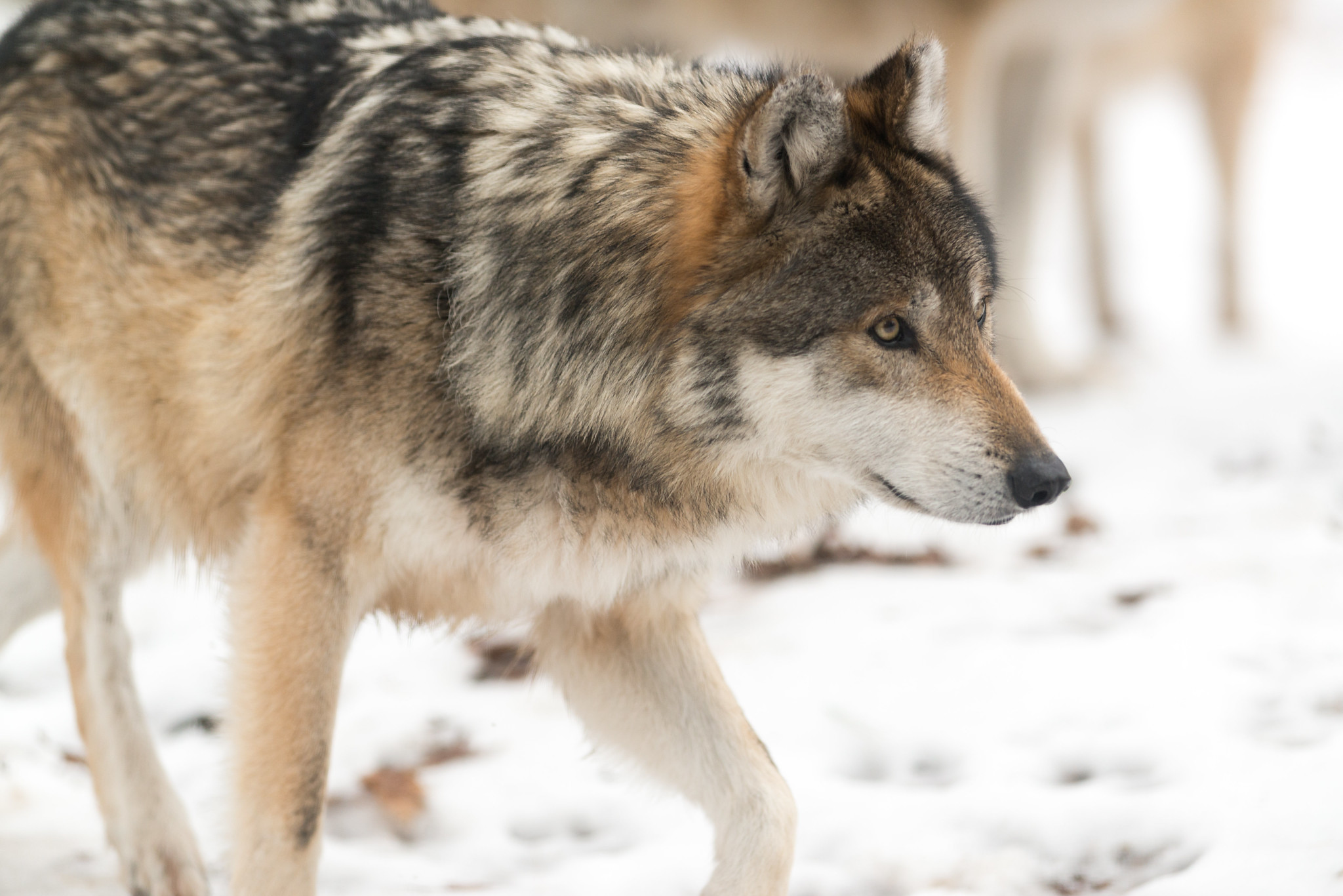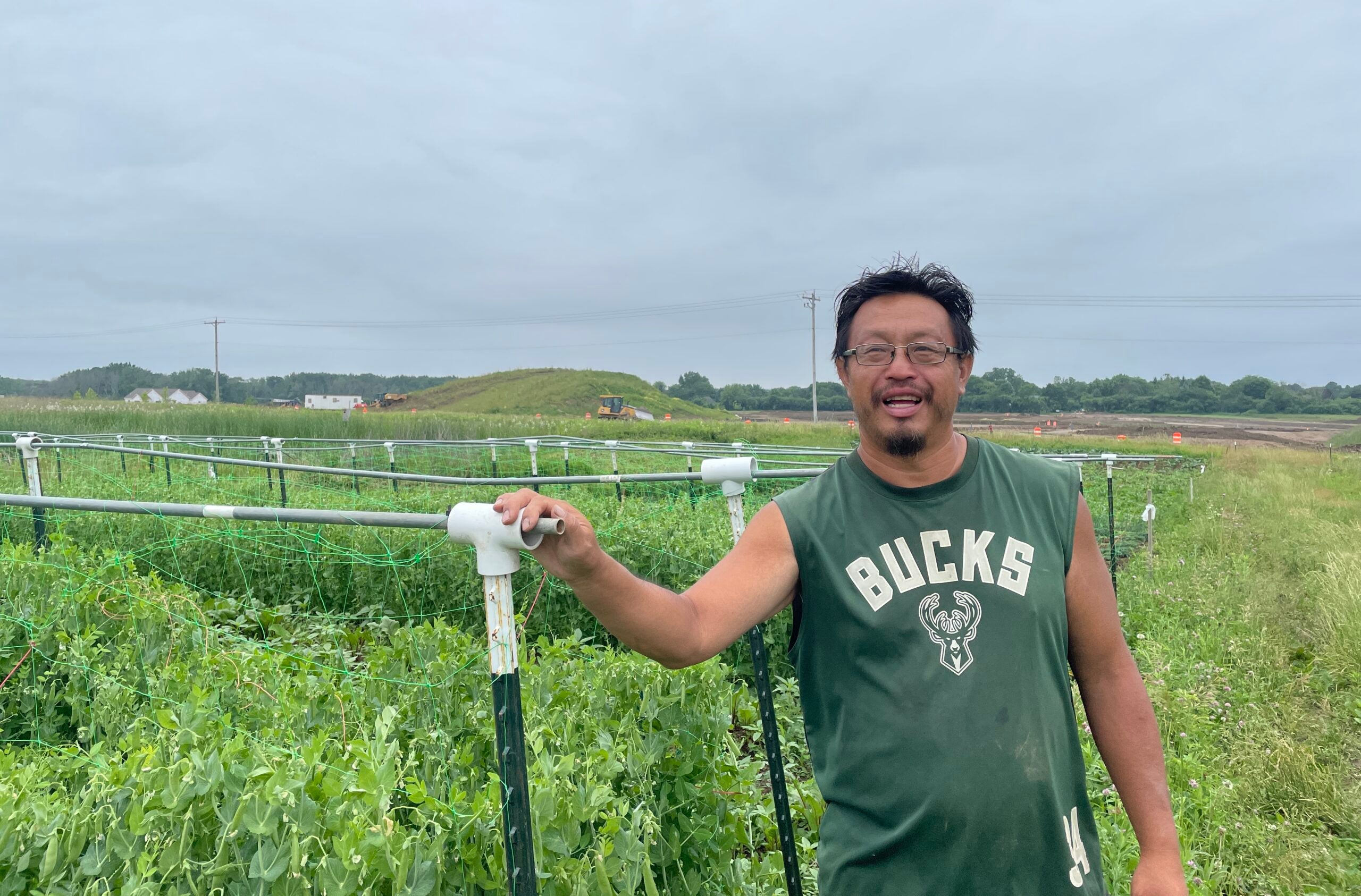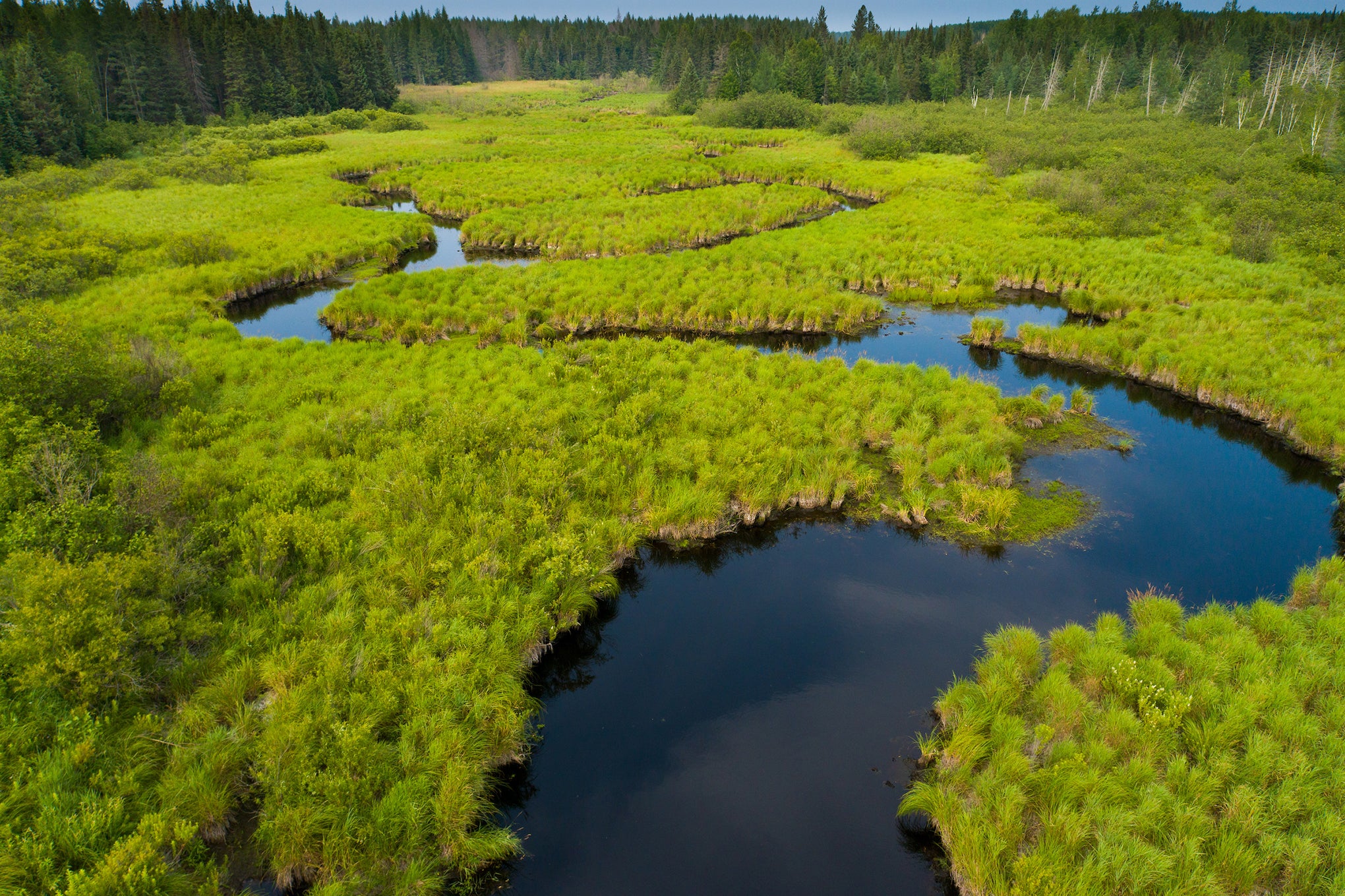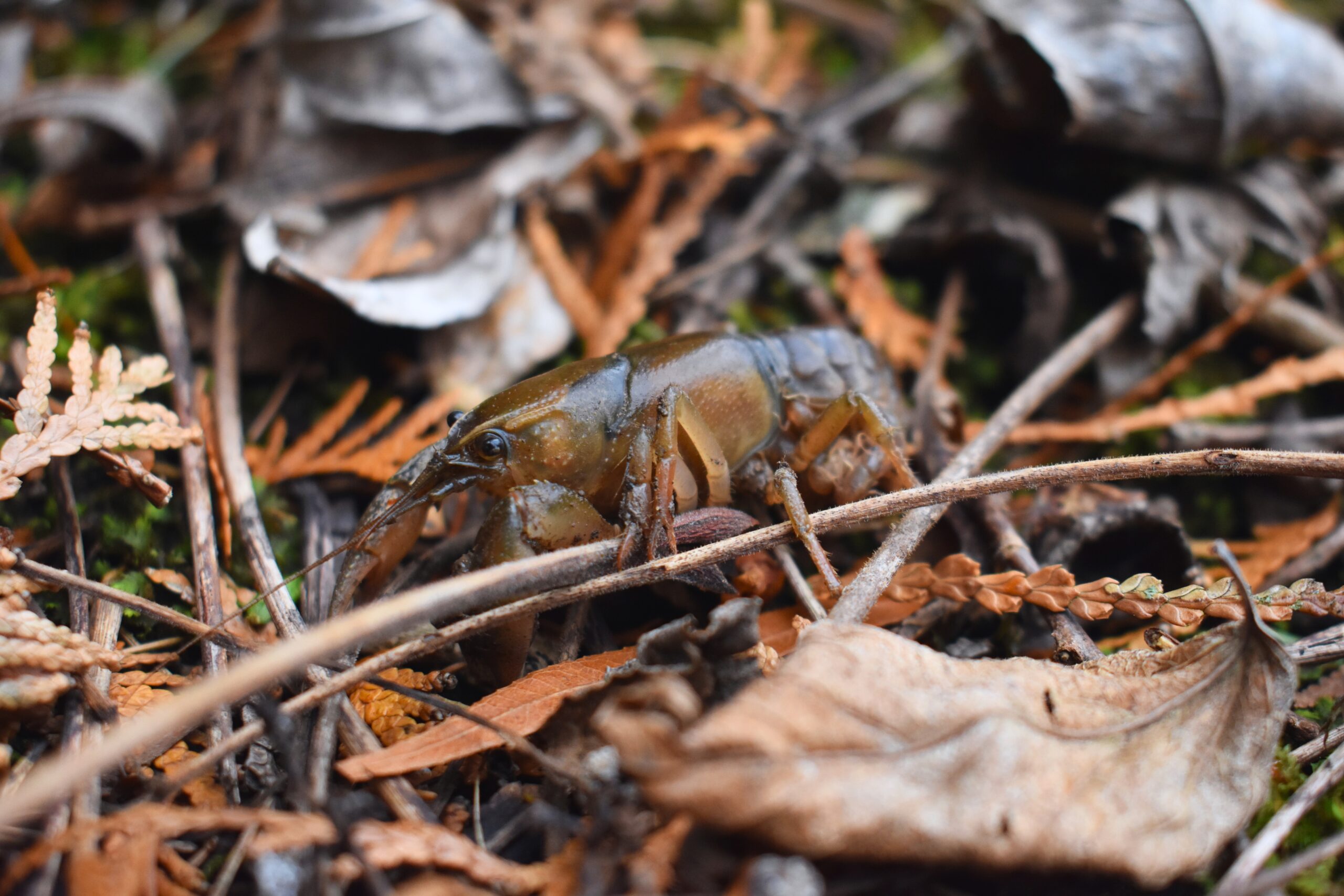There is a dog in Wisconsin with a very unique talent — sniffing out endangered turtles.
The dog’s name is Tilia, and she plies her trade across Wisconsin from her home base at Mequon Nature Preserve.
Tilia was first trained to work as a conservation dog several years ago, with help from Laura Holder, the owner of the Conservation Dogs Collective.
News with a little more humanity
WPR’s “Wisconsin Today” newsletter keeps you connected to the state you love without feeling overwhelmed. No paywall. No agenda. No corporate filter.
In 2023, Tilia added turtles to her repertoire.
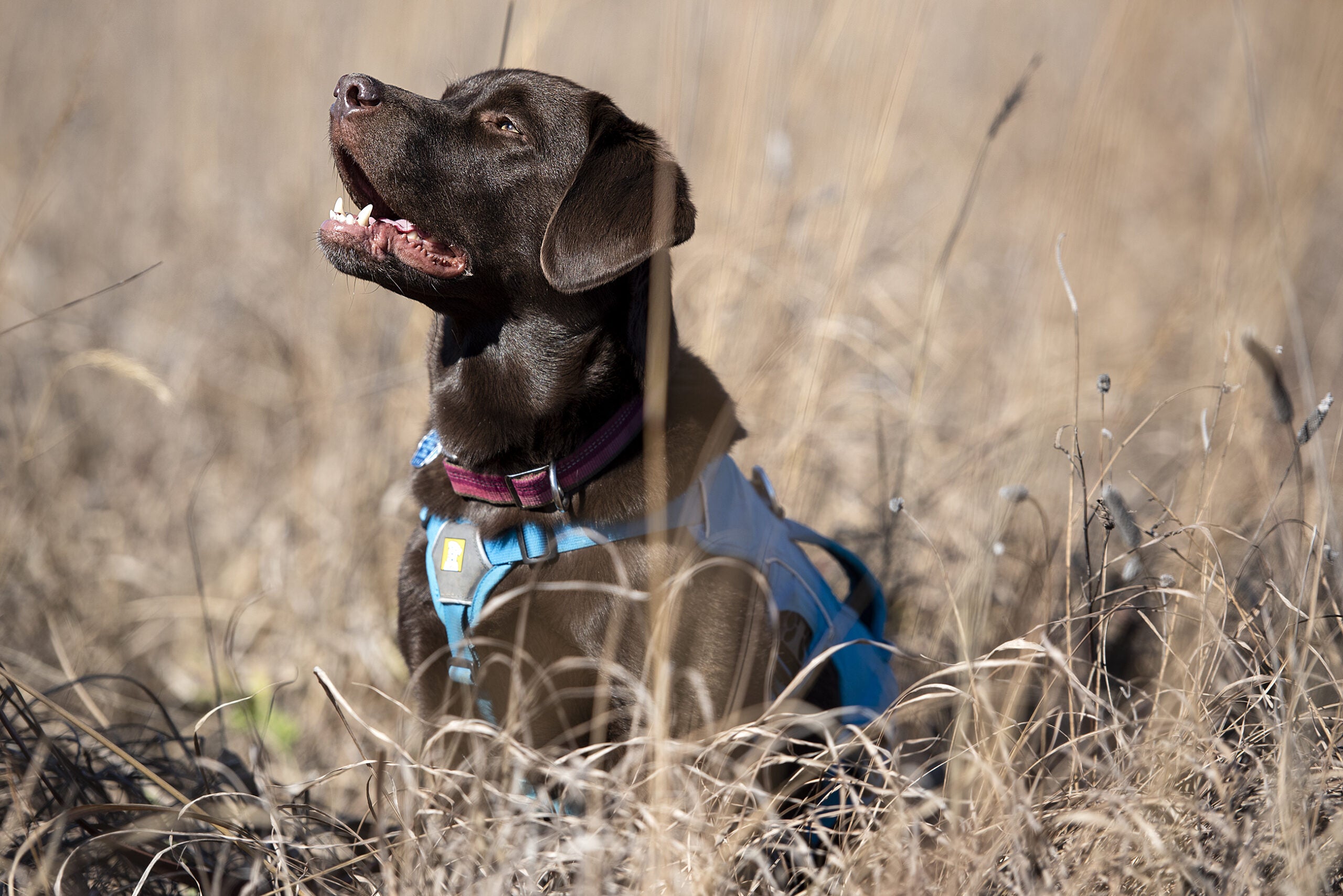
To learn the scent of threatened species like the wood turtle, Tilia needed wood turtles to train on.
“They’re already endangered and threatened, how am I going to find more wood turtles,” recalled Cory Gritzmacher, who works with Tilia at Mequon Nature Preserve.
Luckily, a wood turtle named Louise, on loan from the Wehr Nature Center in Franklin, came through.
During an event on endangered turtles at Mequon Nature Preserve last week, Tilia sniffed out Louise in an auditorium several times — running through the hall picking up scents, zeroing in on a specific area and then sitting down next to Louise to mark her success.
“She does not pick up the turtle in her mouth. She does not paw at the turtle. She does not nudge the turtle. So, we’re trying to be as respectful as possible when we’re doing this cospecies interaction,” Holder said at the event.
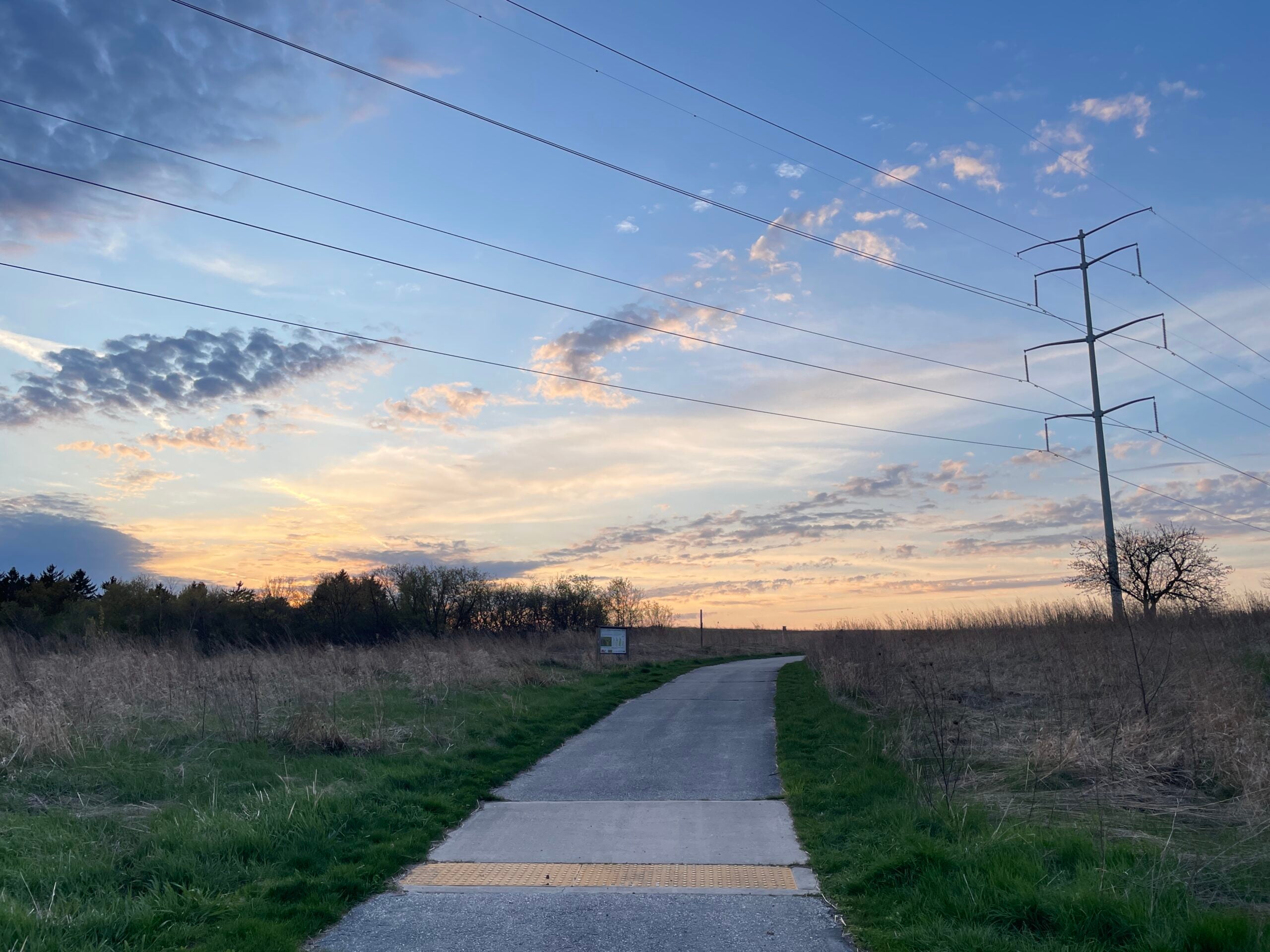
Tilia has a busy summer ahead of her.
“She’ll be doing another project up in Green Bay, doing a wood turtle survey,” Gritzmacher said, adding that the survey is in partnership with the Oneida Nation.
He said dogs like Tilia are usually used to locate known, tagged animals of endangered species, helping conservationists track their locations or the number of eggs they have.
At Mequon Nature Preserve, Tilia will help two surveys of native salamanders and one of invasive wild parsnip plants.
According to the preserve’s website, Tilia was Wisconsin’s first “on-staff” conservation dog. She’s been joined by the preserve’s second conservation dog, Timber, who’s still learning scents. Tilia works with five scents, the website says, with wood turtles as the only turtle species in the mix.
Wisconsin has 11 native turtle species
Helen Holtz, an ecologist at the Waukesha County Land Conservancy, said at the event that the U.S. has more native turtle species than any other country in the world.
Eleven of those are native to Wisconsin. Ten live in water, and one is land-dwelling — the ornate box turtle.
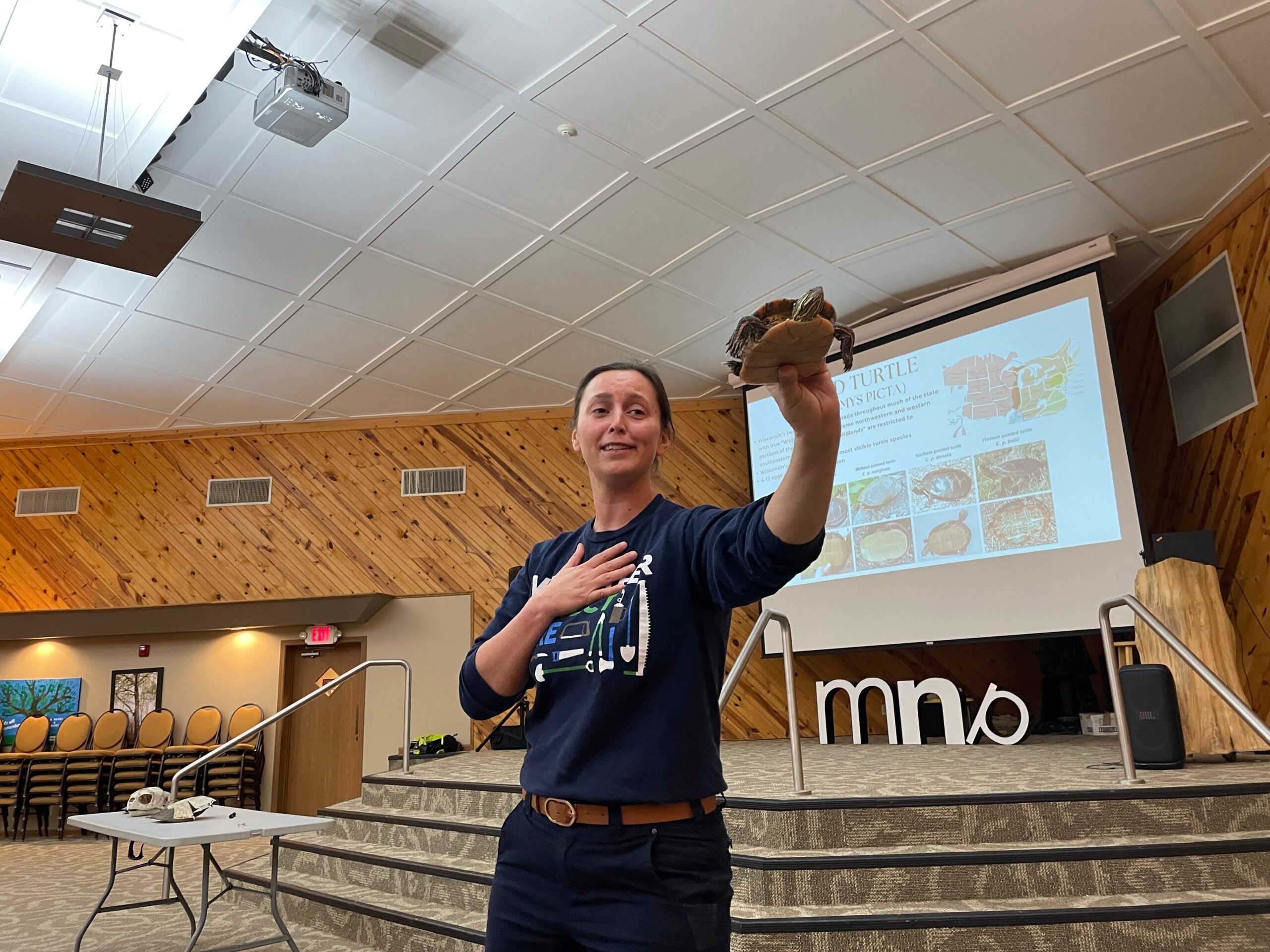
Wisconsin is home to two species of soft-shelled turtles, which hide under sand or mud in a water body and use very long necks to snap up prey, Holtz said.
Another native species, the Eastern musk turtle, is sometimes called the stinkpot turtle because of the skunk-like smell it can emit when threatened, Holtz said.
Holtz demonstrated a number of “ambassador turtles” during the event, mostly former pet turtles that had been cared for incorrectly, making them unable to live in the wild.
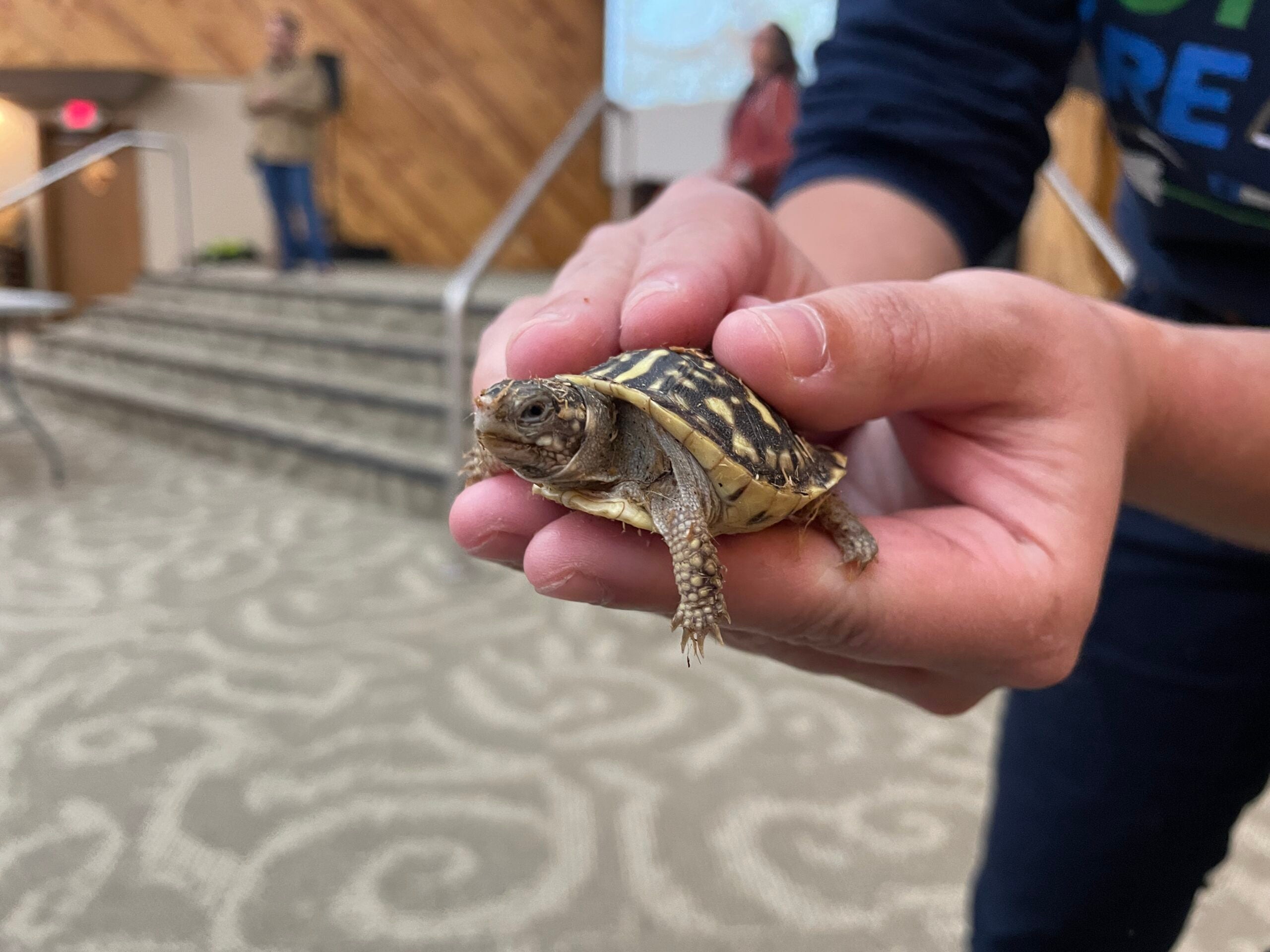
Wood turtles — which Tilia is trained to find — live primarily in Wisconsin’s Northwoods, with some populations in central and southwest Wisconsin. The state Department of Natural Resources considers them a threatened species and says they live in rivers and streams with adjacent upland forests.
In a 2023 report, the Oneida Nation said it was tracking seven wood turtles and that Tilia located at least one nesting mother turtle. A 2024 study with U.S. Forest Service involvement found 250 wood turtles in Wisconsin over five years.
Wisconsin Public Radio, © Copyright 2025, Board of Regents of the University of Wisconsin System and Wisconsin Educational Communications Board.



